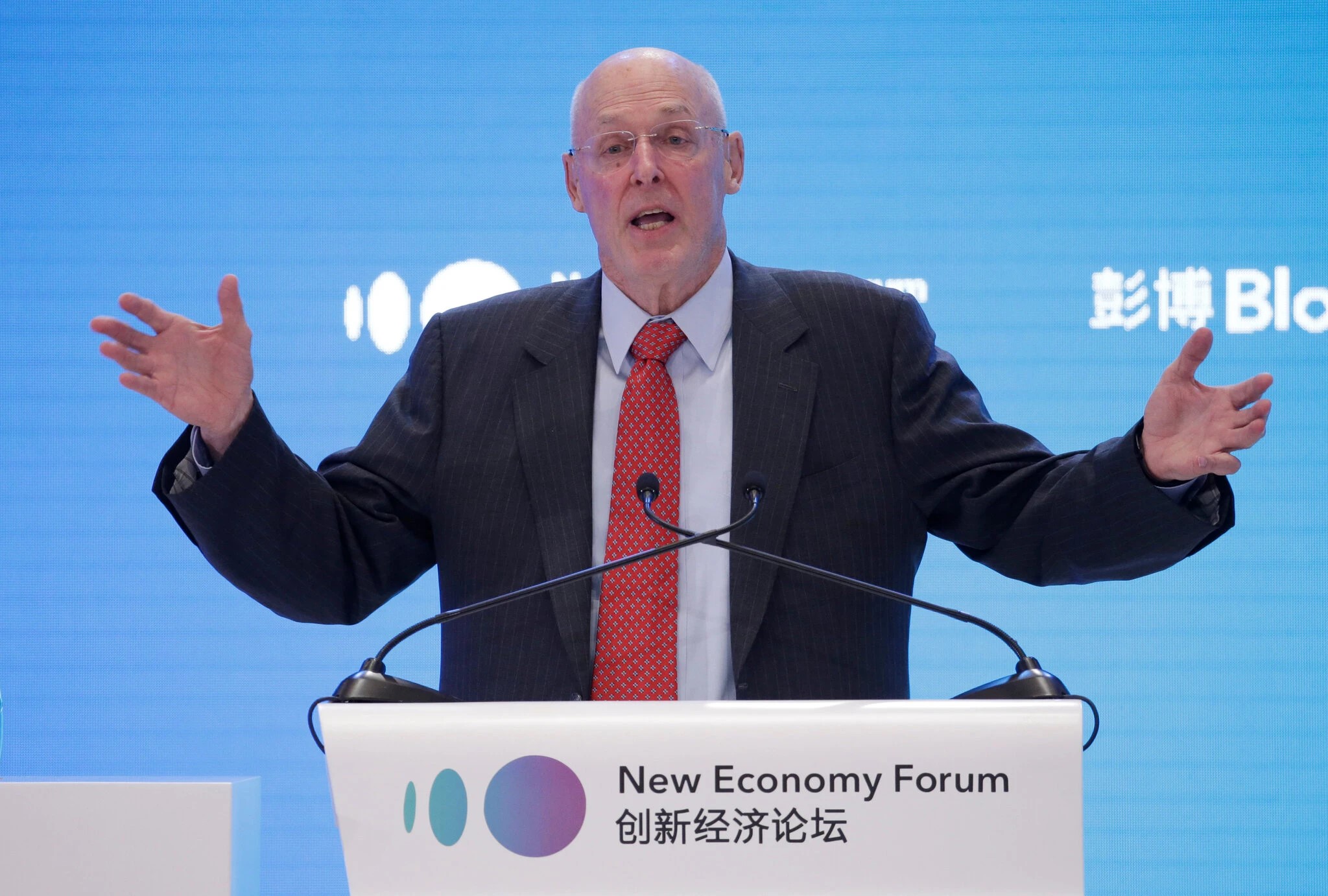Energy efficiency was the key to the first REIT for renewables.
By: Herman K. Trabish
May 30, 2013
The trick to getting the first innovative financing vehicle for renewable energy was to not mention renewable energy.
Hannon Armstrong Sustainable Infrastructure (NYSE:HASI), with 30 years of experience at financing renewables and energy efficiency and a $1.6 billion portfolio, asked for and got a private letter ruling (PLR) from the Internal Revenue Service on its proposal to form a publicly traded real estate investment trust (REIT).
Since its April 18 initial public offering, the Hannon Armstrong REIT has sold 13.3 million shares at $12.50 per share, including $10 million in share purchases from its underwriters, Bank of America Merrill Lynch, UBS, and Wells Fargo.
“We are leveraging that up with a credit facility,” explained Jeff Eckel, Hannon Armstrong Sustainable Infrastructure President/CEO. “Our target is to have $2 of debt for every dollar of equity. That will be approximately $350 million.”
This may or may not mean that more REITs — and the associated hundreds of millions in financing — will be available to renewables.
“We did not ask the IRS about renewables and we didn’t receive anything from the IRS that mentions renewables,” Eckel explained. “We asked the IRS a much narrower question related to our balance sheet. We wanted the IRS to confirm and they did.”
REITs were instituted by 1960 federal legislation to give real estate investors the same tax opportunities as investors who buy into mutual funds made up of other asset classes.
They are one of three tax-advantaged investment vehicles that advocates hope will take renewables financing beyond federal tax subsidies. The other two are securitization and master limited partnerships (MLPs). Securitization of renewables awaits financial institution action. MLPs won’t be available to renewables unless Congress alters the governing legislation.
A real estate trust allowed by an IRS ruling attracts capital because it typically escapes corporate-level income tax by distributing its taxable income annually, according to Chadbourne & Parke Senior Attorney Kelly Kogan.
The bulk of a REIT’s assets must be “real property” to get the IRS ruling, and assets that generate electricity are considered “bad assets” by the IRS, Kogan explained. But “a REIT can limit its investment in such assets so that it maintains the appropriate balance between ‘good’ and ‘bad’ REIT assets.”
Hannon Armstrong got its favorable ruling because of the proportion of renewable energy and energy efficiency assets in its portfolio. “The difference between renewables and energy efficiency from the IRS’ perspective is pretty large,” Eckel said. “Energy efficiency assets are really building components.”
Lighting, heating, cooling and other hard equipment, Eckel pointed out, are real property and therefore “good” assets for a REIT. “We described our assets exactly as they are and described how they fit into existing IRS revenue rulings and how they satisfy existing precedents and case law,” Eckel said. “They agreed.”
Hannon Armstrong will continue to invest in sustainable infrastructure assets in the same proportion, Eckel said. “We will just be able to do it on a much larger scale.” The portfolio will include energy efficiency, clean energy (“like solar, wind, geothermal and biomass”), and natural gas (“for firming up renewables or offsetting coal on the margin”).
“With a large base of ‘good’ REIT assets,” he said, “you can do ‘bad’ REIT assets like solar or wind.” Since the IPO, he added, “we have closed $109 million of transactions and continue to put our capital to work as quickly as possible. A credit agreement that will increase our capital is scheduled to close before the end of June.”
Eckel said the company has a more than $1.5 billion pipeline of good projects that predate the IPO. The only specific project he was willing to reveal was backing for EnergySource’s $400 million, 49.9-megawatt Hudson Ranch II geothermal project.
The text of the Hannon Armstrong IRS ruling has not yet been released by the Treasury Department, and Eckel could not say what it will mean for renewables financing as a whole. “PLRs are specific, and I’m not sure ours is a useful precedent. All we did was confirm that our good REIT assets were as good as we thought they were.”
Without his company’s portfolio of energy efficiency real property, a pure solar and/or wind developer might not be able to make the case. “That is why you see legislation asking for MLPs and articles asking for changes in IRS rules,” he said.
“Hannon Armstrong’s management sees climate change as a defining issue of our generation,” Eckel said, “yet what we are doing is offering investors an attractive risk-adjusted yield. While we are working in the climate change business, we’re not asking investors to pay for sustainability. We are competing on the investment merits alone.”




